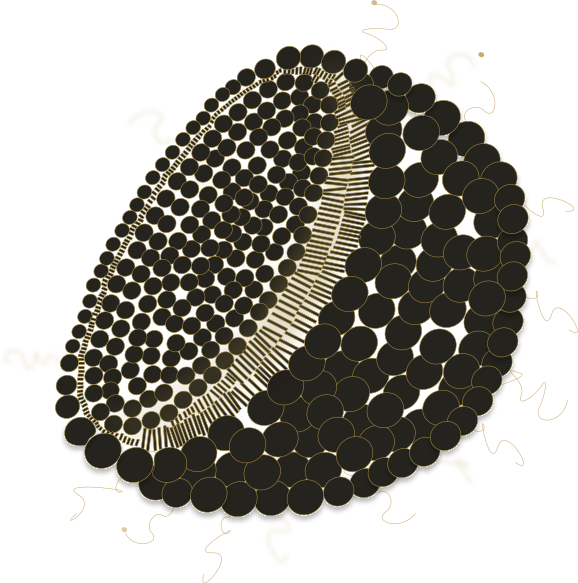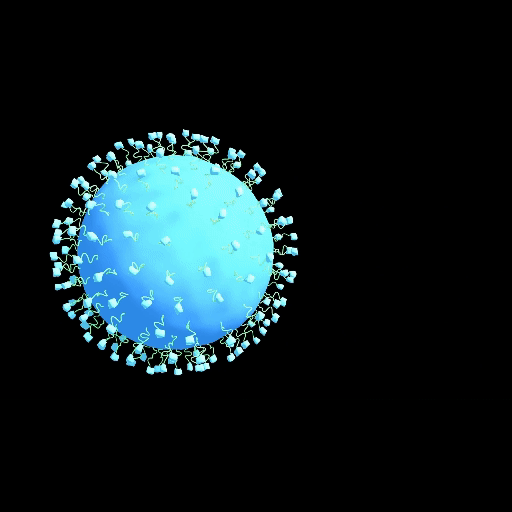
A BIOMODular Enzyme Delivery Vehicle to Target Biofilms
Presented by the University of British Columbia 2023 Team
ExploreFrom the tiniest building blocks of life to a grand vision of combatting bacterial biofilms, our team explores it all. As we delve into the intricacies of enzyme modification and creating DNA endoskeletons of various sizes, our research lays the groundwork for a modular platform to tackle biofilm challenges. Discover the key factors influencing our design choices.

Abstract
Biofilms are layers of bacterial communities that can adhere to one another within a self-produced matrix. They can attach to a variety of surfaces including human tissue, causing severe healthcare and environmental issues. Traditional strategies for combating biofilms include the use of antibiotics and interference of bacterial layer formation. However, removing biofilms using these methods can be challenging due to antibiotic resistance and unexpected pathogenic features arising from interference strategies. To address this issue, we aim to create a modular enzyme delivery vehicle. This structure consists of a DNA-templated liposome, conjugated with variable enzymes, referred to as an “enzymosome”. By forming our liposomes around DNA-origami structures, which can be altered to modify their size and shape, we can create a customizable platform. Among the DNA structures developed – a trigonal bipyramid, pentagonal bipyramid, and octahedron – all three demonstrated high stability in CanDo©. Future investigations include testing enzyme synergy with liposomes and validation of the platform in vitro. The modularity of the enzymosome can address biofilms present in various environments such as in cystic fibrosis patients, food facilities, and water systems. By changing the cargo type and liposome size, this delivery vehicle provides potential to be used across a wide range of applications.
